Why Eco-habitats are important


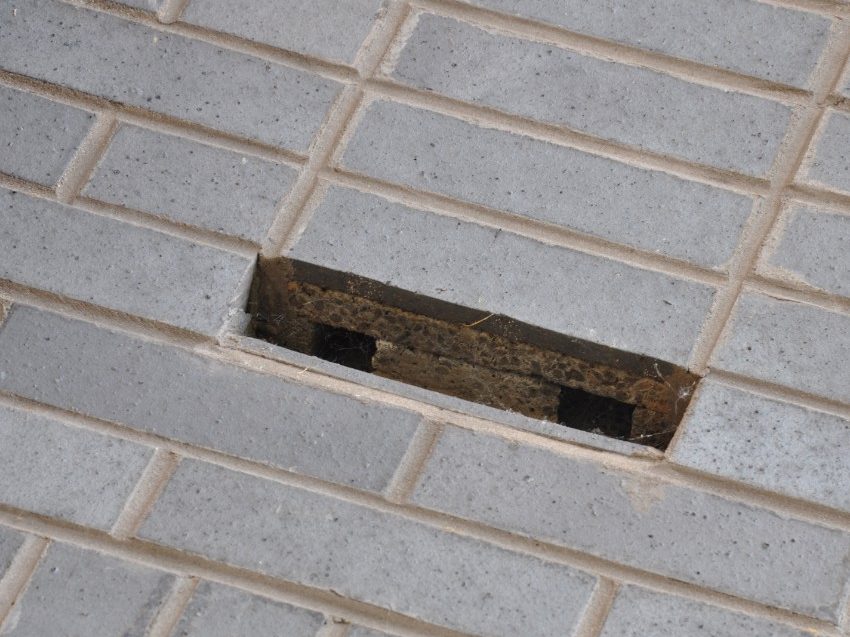
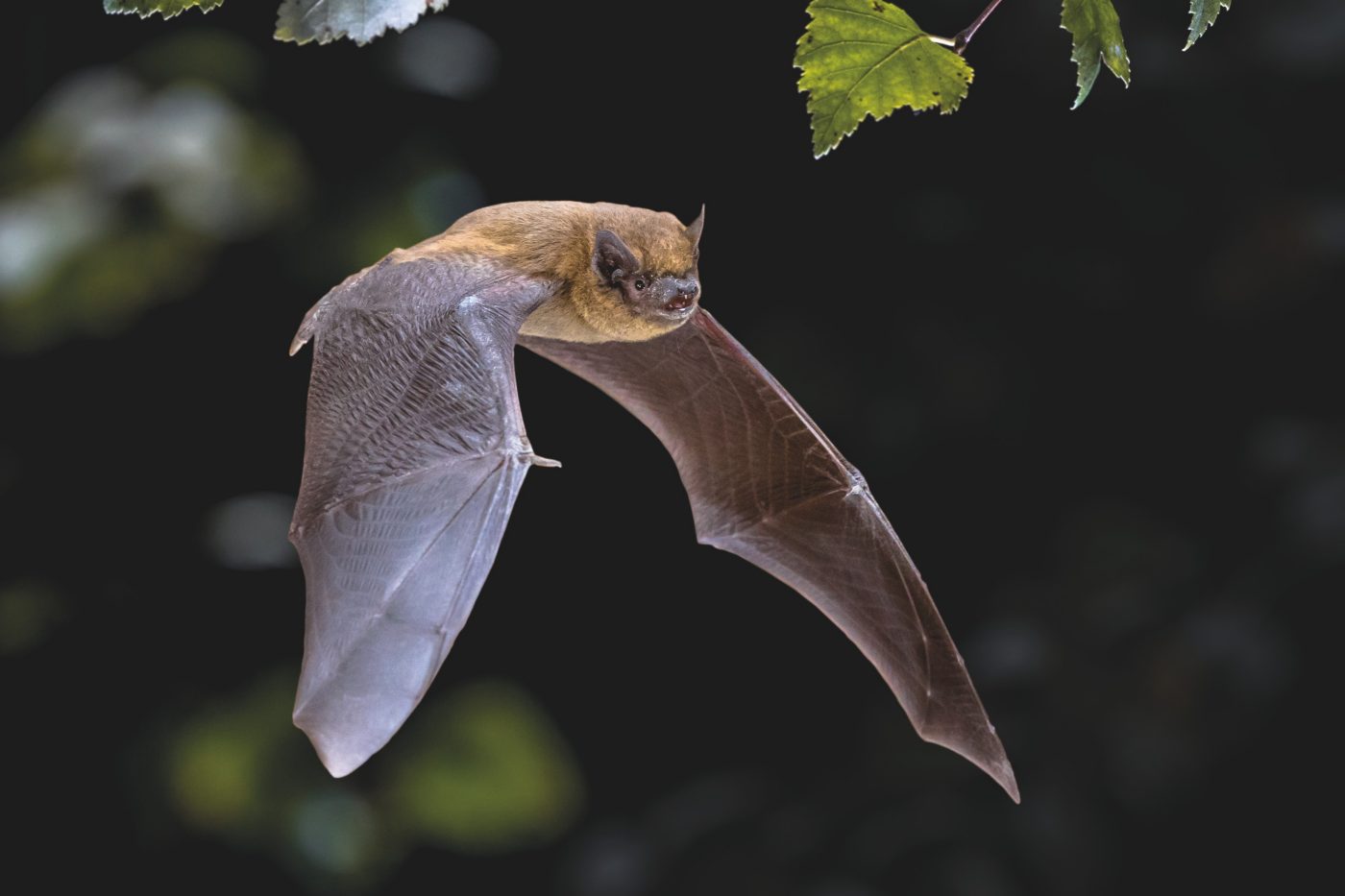
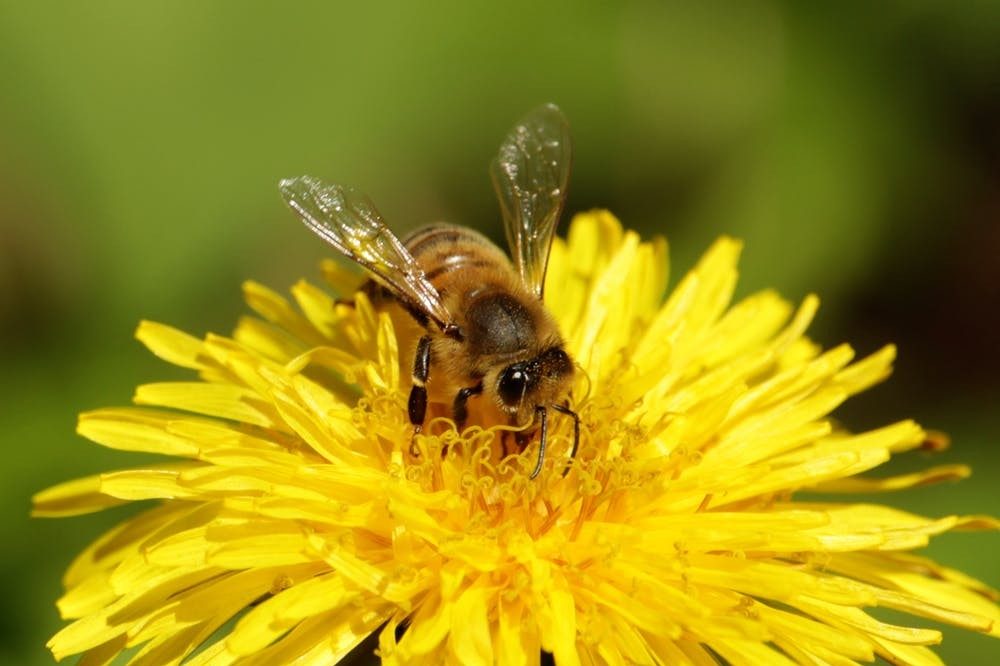
Why Eco-habitats are important
Wildlife is in a state of decline across the UK with 41% of species declining in numbers since 1970. The reasons for this stem from factors such as - change in agricultural practice (the use of herbicides and pesticides), the intensification of agriculture, the expansion of towns, villages, and cities, and the modernisation of building materials with new designs meaning species that have previously adapted alongside us in the built environment are quite often excluded from new buildings.
wienerberger and our Eco-habitat partners Ecosurv are working together to combat this problem by producing a range of Eco-habitat solutions for a wide range of species including birds (swifts, starlings, sparrows, robins, wrens and redstarts) bats and bees.
Whilst there is no quantitative value assigned to Eco-habitats through the Defra Biodiversity Metric (which focuses on units of habitat loss and creation arising from development), wider biodiversity benefits such as Eco-habitats must be included.
The new British Standard on Biodiversity Net Gain BS8683:2021 – Process for designing and implementing Biodiversity Net Gain – Specification, states the following:
“Biodiversity enhancement measures that supplement the projects Biodiversity Net Gain Targets and are outside the scope of a metric, should be described and where possible quantified. For example, installing swift nesting boxes within a housing development and installing bat boxes with associated bat friendly lighting”.
The RSPB (Royal Society for the Protection of Birds) state that our bird boxes do not need to be cleaned out.
If birds want to live there they will clean the boxes out themselves and/or reorganise their living space, as they would do in a natural nest. We have seen this with tree sparrows in some of our boxes where they have cleaned out a previous environment and brought in their own nesting material.
No, they do not. The bird boxes do not affect the rest of the building. The boxes are contained units and the only way wildlife can get in and out of them is from the outer skin of the wall (the single-entry point). This also applies to our solitary bee bricks which has a 75mm deep hole preventing access to the building’s cavity. This helps reduce predation of the eggs and larvae.
The habitat boxes are very simple to install. They are manufactured to discreetly match the fabric of the building and designed to UK brick dimensions (215 x 102.5 x 65mm), or block dimensions if they are going to be finished with render. We would recommend that the boxes are laid on a full bed of mortar and the surrounding joints are fully filled.
Yes we do, we offer bespoke boxes that match each client’s requirements. We can offer different types of slates. We take a slate sample from site so it matches perfectly which we use to produce a matching slate box.
Yes, a vast majority are produced in our Waresley plant located in Worcestershire. We also produce some of the tile Eco-habitats in one of our Yorkshire tile factories, and handmade, heritage products at our Keymer works based in Surrey.
No, we can produce habitats from any UK or continental manufacturer of brick or we also do them for natural and reconstituted stone and render.
We will shortly be launching a bumble bee brick. However, the solitary bee brick can and is used to host a number of different bug species successfully, adding to the biodiversity of a site.
Bird boxes need to be a minimum of 2.5 metres from the ground and a maximum height of 5 metres. Birds do not like direct sunlight and therefore we would recommend installing boxes on the North, East and West elevations as young birds can overheat when the box is exposed to direct sunlight.

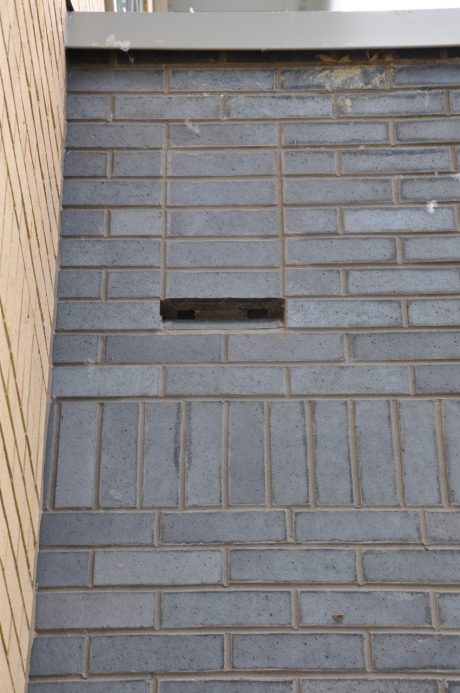

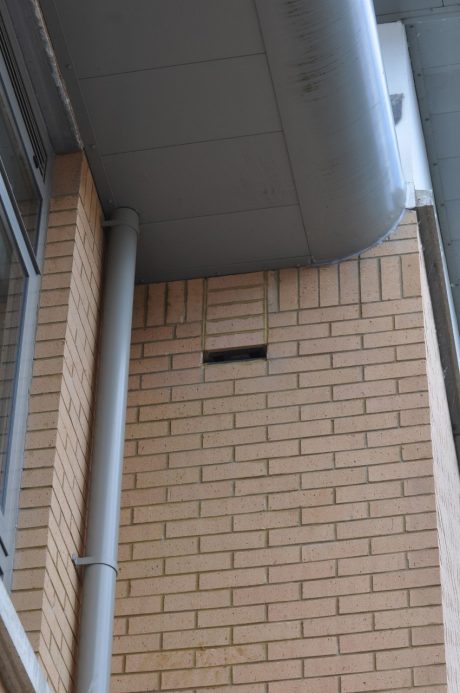
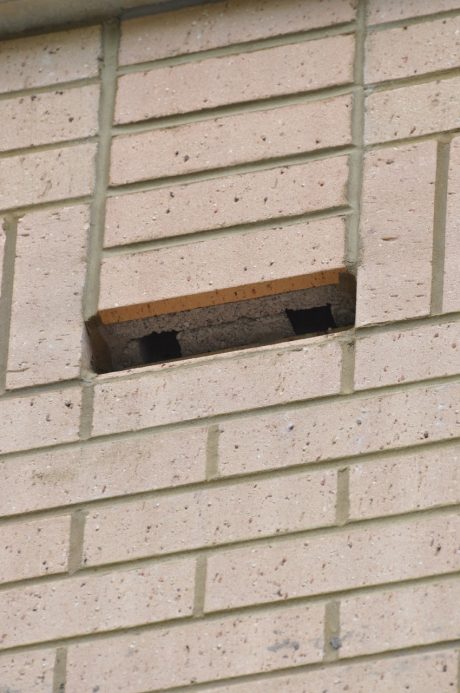
Bat boxes should be placed as close to the eaves or a gable apex as possible, at least 3 metres off the ground and away from lighting, windows, door and wall climbing plants to keep the inhabitants safe from predators.
Bats often use tree lines or hedgerows for navigation, so placing a box near these garden features will encourage them to roost in the box.
Boxes need to be sheltered from strong winds and exposed to the sun for at least part of the day, so a south or southwest facing wall is ideal.
Spotting bats on your site is a good indicator of a healthy ecosystem, but remember that it is a legal offence to deliberately disturb, handle or kill bats.
For more advice about the protection of bats please contact the Habibat wienerberger team.
Explore our sustainability tips and advice pages for guidance on adding environmental and social value to your project.
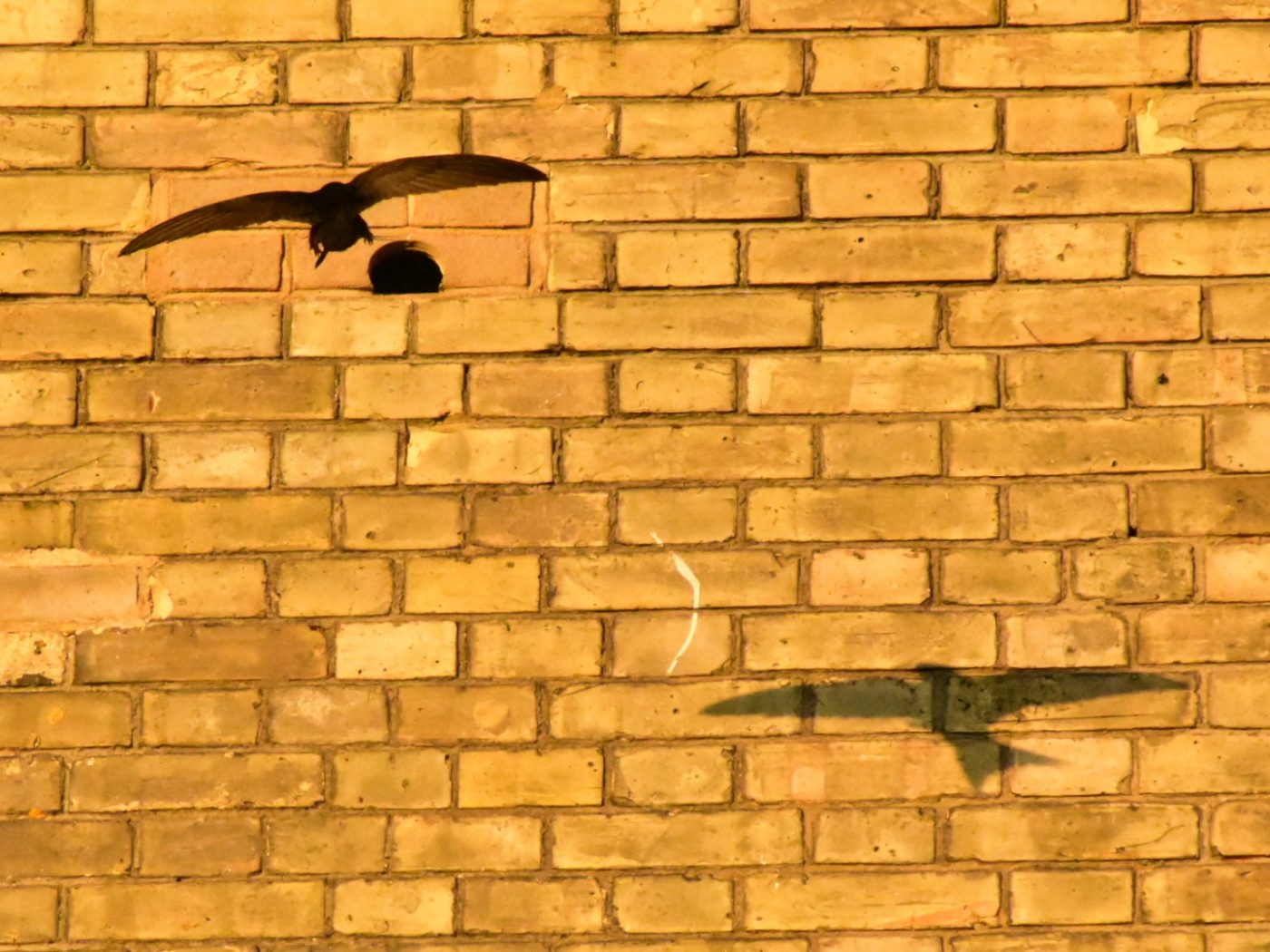
Fill in the form to contact our team and learn more about creating an Eco-habitat for wildlife in your next project.